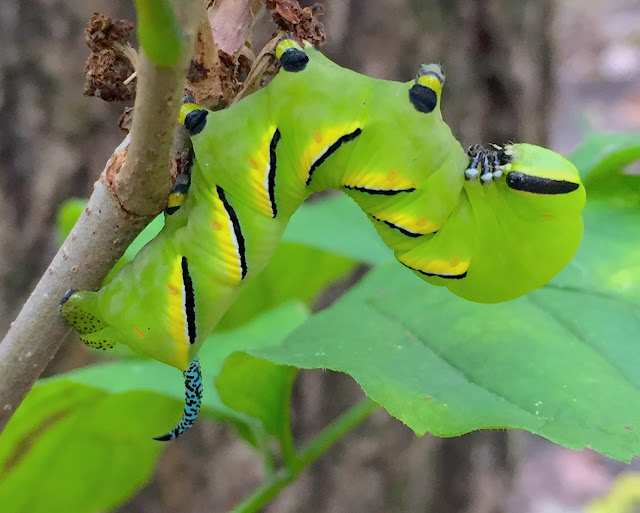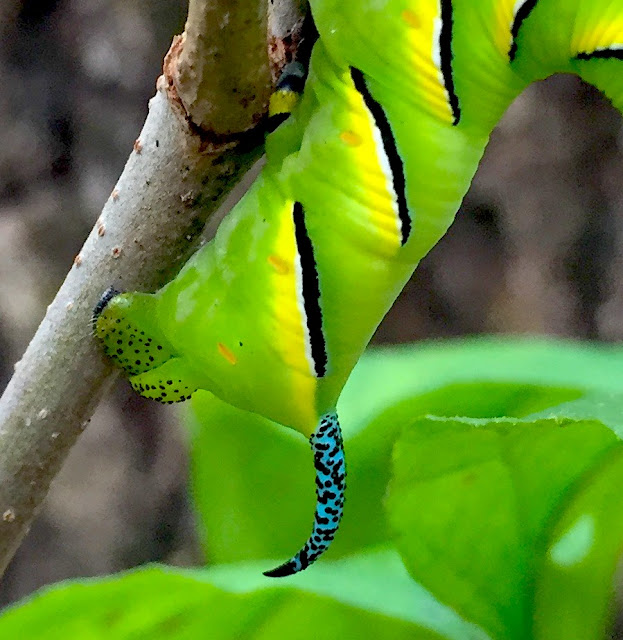1. Is forest better than prairie?
2. Don’t we need more trees?
3. What’s the impact of ecosystem restoration on climate change?
4. How much biodiversity should we conserve?
5. What’s the impact on wildlife?
6. Does it have to be so ugly?
 |
| From west to east are rare prairie, oak savanna (or "Prairie Grove"), and open woodland. |
1. Is forest better than prairie?
Not always. The health and biodiversity of the planet depend on many natural and artificial communities of plants and animals. We need them (forests, prairies, tundra, pastures, and gardens) for food, water, air, medicine, and regulating the overall planetary ecosystem. The Forest Preserve District of Cook County maintains 25,100 acres of forests, 2,300 acres of prairie, along with wetland, savanna, and other natural lands. In recent years the staff and volunteers have been working hard to maintain more and more of their higher-quality community types in good health.
People often challenge prairie conservation on the grounds that the word “forest” means trees. Yes, that’s one meaning. But the concept of a “forest preserve” originated in England and included all nature from dunes to woodlands to treeless moors. The U.S. Forest Service and the Forest Preserve District were formed at the same time and both in their founding documents recognized grasslands as part of the nature they sought to conserve. The Forest Service to this day manages the nation’s National Grasslands.
In “The Prairie State” less than 1/100th of 1% of the prairie survives. For biodiversity conservation, the tallgrass prairie is the most highly ranked and needy major ecosystem type in North America. Somme Prairie is one of the highest quality and best restored remnants. The Somme Prairie restoration plan received a Force of Nature Award from Chicago Wilderness in 2014.
 |
| The original prairie at Somme is globally rare and precious. |
Yes, especially in the era of climate change, but we don’t need them everywhere at the expense of all else. We can’t grow most vegetables or grains under trees, so we eliminate trees over large areas to feed ourselves. For biodiversity (and, for that matter, landscape and aesthetic diversity) in the forest preserves, we maintain and expand our best-quality prairies. Somme Prairie is one of the two or three largest and highest quality prairies (the classic black-soil ecosystem that created the world’s best farmland) in the original midwest tallgrass region. Its biodiversity is a globally important heritage.
Prairie species of plants and animals have adapted over millions of years to full sun. They die under trees. They also depend on frequent fire. All of what is now the forest preserve west of the Metra tracks had been prairie for thousands of years. For most of the last hundred years, because of lack of fire, invasive species including trees degraded the prairie. Beginning in the 1970s, Forest Preserve staff and volunteers have cut brush and trees and conducted controlled burns on about half of Somme Prairie every year to restore its health. We volunteers made steady but slow progress on this prairie’s 70 acres, starting in the highest quality areas. More recently the Forest Preserves' Next Century Plan confirmed the importance of this site and helped secure funding (from the U. S. Fish & Wildlife Service) to speed up the work – especially along the southern edge which needed it most.
3. What’s the impact of ecosystem restoration on climate change?
In most situations, planting trees helps counter global warming. But not always. A number of studies have shown that a natural grassland sequesters about as much carbon as a forest. The main difference is that the carbon is sequestered underground in roots and deep, rich soil.
In both forest and prairie, the carbon cycle is circular. Sooner or later, trees fall and rot, and the carbon returns to the air as carbon dioxide. Prairies burn every year or two, and the carbon in the dead thatch returns to the atmosphere, but most of the prairie’s carbon is in the deep soil that descends down from every square inch. It mostly stays there.
The impact of carbon from prairies and forests is very different from that in coal or petroleum. In mature prairies and forests, carbon is taken out of the air every year, and about the same amount is returned from decomposition, fire, grazing, etc. To plant prairie or trees where there were none will sequester a lot of new carbon for a while, but then it just starts recycling. In contrast, carbon from fossil fuels raises atmospheric carbon without removing any.
The EPA has repeatedly pointed out that one of the worst landscape contributors to atmospheric carbon is lawns. Gas lawnmowers are some of the most polluting of engines, and the grass contributes very little to carbon sequestration. Lawn grass roots extend only a few inches into the soil – and are insubstantial to boot. By contrast, prairie wildflowers and grasses fill every inch of the upper soil layers with carrot-like, potato-like bulbs and corms and a wide variety of roots that extend ten or fifteen feet deep.
4. How much biodiversity should we conserve?
The quality of life in Northbrook is gloriously uplifted by 2,850 acres of forest preserves, which nearly surround the village on the west, north, and east.
For ecosystem health and biodiversity, the beautiful Somme preserves are among our brightest natural jewels. According to the Illinois Natural History Survey, the Somme preserves “comprise one of the finest tallgrass prairie, wetland, and savanna complexes in Illinois ... along with the 250-acre Somme Woods forest preserve to the east, the slow return to health with prescribed fire, seeding reintroductions, invasive exotic species removal in this preserve has been breathtaking to behold.”
Most current "prairie remnants" are too small for many plant species and most animal species to survive over time. The 70 acres of quality prairie being restored at Somme are a bare minimum for many prairie birds and other animals. In Northbrook's other 2,780 acres of preserve, there are no prairies. Restoring these 70 acres has long been seen as a top priority.
 |
| Prairie is not just grass. It's a rich habitat for many species. |
5. What’s the impact on wildlife?
Some people are concerned that deer will have nowhere to go – or that coyotes will be forced into the neighborhoods. Both degradation and restoration of ecosystems impact animal populations.
The deer of the Somme and Chipilly forest preserves are always on the move. Deer trails show fresh hoofprints daily crossing the North Branch, the Metra tracks, and Waukegan and Dundee Roads (mostly in the wee hours). In winter, deer eat mostly the live branches of shrubs and lower limbs of trees along with unburied acorns. They’ll spend most of their time in wooded areas. In summer deer relish prairie wildflowers and leaves.
Coyotes have returned to the Somme Preserves only in the last few decades. During these same decades they have also returned to virtually all the region's parks, cemeteries, railroad corridors, and neighborhoods. At all seasons they thrive best in natural habitats – grasslands, savannas, and woodlands. The work in Somme should have little impact on their presence in neighborhoods.
Many rare animals depend utterly on open grassland. The long list goes from walking sticks and butterflies to the rare grassland birds. Wildlife biologists strongly supported the Somme Prairie restoration plan. All grassland birds had been forced out of Somme as the brush took over. One of the joys of the recovering ecosystem is the expectation that it will once again host nesting sedge wrens, Henslow’s sparrows, dickcissels, and possibly meadowlarks in Somme Prairie’s 70 acres. Animals of savanna and woodland will thrive as well as ever in the remaining 630 wooded acres of the Somme/Chipilly preserve complex.
Once the prairie is restored, a longer-term aesthetic question arises. Is prairie ugly? Walt Whitman claimed that “the prairies and plains, while less stunning at first sight, last longer, fill the esthetic sense fuller, precede all the rest, and make North America’s characteristic landscape.” Many of us believe that people over time will come to cherish the rolling grassland of Somme as one of the best views in the village. Yes, our senses will have to contend with “the works of man” visible around the edges. But it will be big, special, and so different. And for those who insist on views of woods, there are miles of that stretching east.
The current work at Somme is a major construction (or “deconstruction”?) project. It would have been possible to take away the vegetation tree by tree and sweep up at the end of the day, as landscapers do for yard and parkway trees. But that approach would not have been good stewardship of the public’s funding resources. It would cost many times more.
This work was put out to bid. It was expensive. Some of the expense was saved by piling logs and chips for cost-effective removal and transportation. Some of us are inspired to see this long-awaited work underway – and look forward to the future that the current mess promises. Others will not have to look at it for very long. On the other hand, the needed vehicles cannot operate on the fragile soils unless the ground is frozen. So, during warm periods, the work stops, and we have to wait.















































